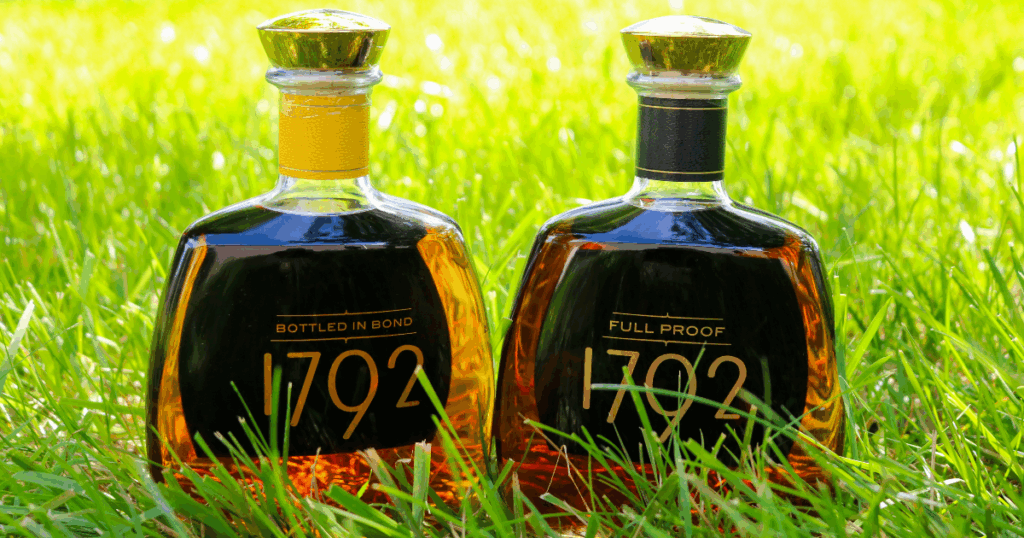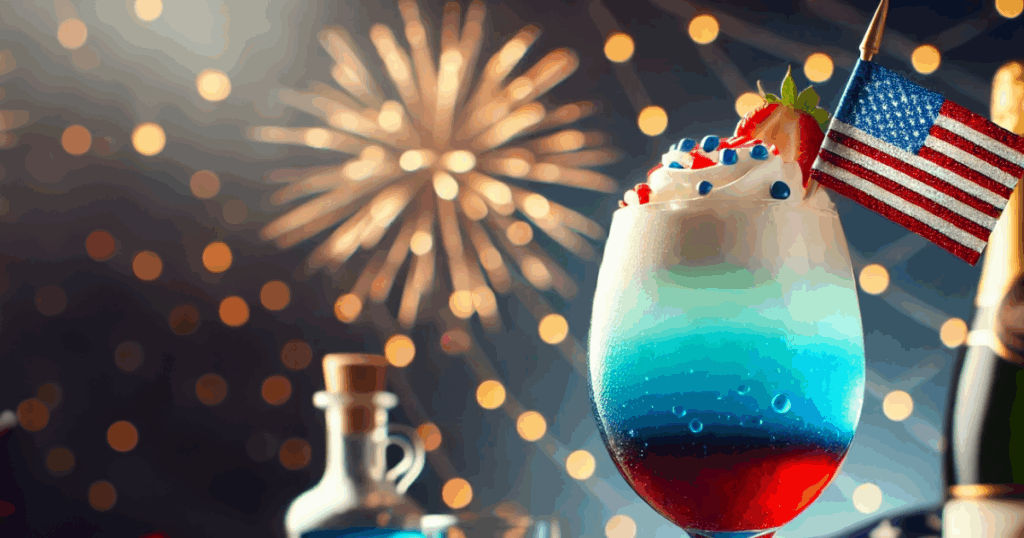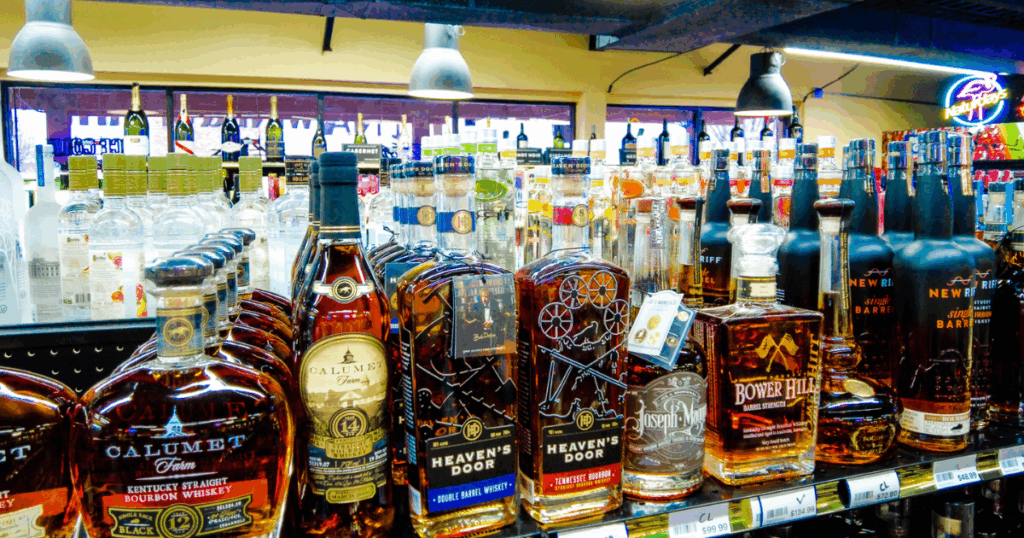-
Table of Contents
Rare and exotic spirits offer a glimpse into the diverse and often hidden world of unique liquors that span the globe. These spirits are not only a testament to the rich cultural traditions and craftsmanship of their regions but also provide an unparalleled experience for connoisseurs and adventurous drinkers alike. From the depths of remote distilleries to the innovative creations of modern mixologists, rare and exotic spirits encompass an array of flavors, ingredients, and distillation techniques that challenge the palate and expand the boundaries of the traditional liquor cabinet. Whether it’s a bottle of vintage Armagnac from the Gascony region of France, a smooth Japanese whisky aged in unique wood barrels, or a clear, potent spirit distilled from rare tropical fruits, these liquors invite enthusiasts on a sensory journey around the world, revealing stories and tastes as diverse as their origins.
Global Distilleries Unveiled: A Journey Through Rare Liquors and Exotic Spirits
Rare and Exotic Spirits: Exploring Unique Liquors from Around the Globe
The world of spirits is as vast and varied as the cultures and landscapes from which they hail. From the misty highlands of Scotland to the sun-drenched islands of the Caribbean, each locale imparts its unique signature on the liquors it produces. As we embark on this journey through rare liquors and exotic spirits, we uncover the hidden gems of global distilleries, offering a taste of the unusual and the extraordinary.
Imagine sipping on a spirit distilled from the sap of the Mexican maguey plant. This is mezcal, tequila’s smokier cousin, traditionally crafted using methods that have been passed down through generations. Unlike tequila, which is made exclusively from blue agave, mezcal can be produced from over 30 types of agave, each contributing a distinct flavor profile. The heart of the agave, or piña, is roasted in pit ovens, giving mezcal its characteristic earthy and smoky notes. This artisanal spirit is a testament to the rich heritage and biodiversity of Mexico.
Venturing to the Far East, we encounter baijiu, China’s national liquor and the world’s best-selling spirit by volume, yet it remains relatively unknown outside its homeland. Baijiu is a potent, clear spirit typically made from sorghum, although other grains may be used. Its production involves a complex fermentation process using a unique starter culture called qu, which imparts a bold and often challenging flavor profile that can include notes of fruits, spices, and even savory elements. Baijiu is deeply ingrained in Chinese culture, often consumed during celebrations and toasts to honor guests.
Transitioning to the Nordic countries, we find ourselves intrigued by the allure of aquavit. This Scandinavian spirit is distilled from grain or potatoes and prominently features caraway or dill as its main flavoring agent. Aquavit’s character is further refined through aging in oak casks, which can add subtle notes of vanilla and wood to the crisp, herbal essence. Each country in Scandinavia has its own take on aquavit, with variations in spices and aging processes, making it a fascinating study in regional tastes.
As we continue our exploration, we cannot overlook Japan’s contribution to the world of fine spirits with its elegant and delicate whiskies. Japanese whisky has been gaining international acclaim for its meticulous craftsmanship and balance of flavors. Drawing inspiration from traditional Scottish methods, Japanese distillers have honed their skills to create whiskies that are both nuanced and expressive, often with a softer profile than their Western counterparts. The pristine waters and diverse climates of Japan’s whisky regions contribute to the distinctive character of these sought-after spirits.
Finally, our journey brings us to the remote island of Madeira, where the eponymous Madeira wine is crafted. While not a spirit in the traditional sense, this fortified wine undergoes a unique aging process known as estufagem, where it is heated and oxidized, resulting in a rich and complex flavor profile. With styles ranging from dry to sweet, Madeira is a versatile and enduring testament to the island’s winemaking history.
In conclusion, the world of rare and exotic spirits is a treasure trove of flavors, traditions, and stories. Each bottle encapsulates the essence of its origin, offering a sensory experience that transcends the mere act of drinking. As we delve into the offerings of global distilleries, we not only expand our palates but also our understanding of the diverse tapestry of human culture. So, let us raise a glass to the spirit of discovery and the endless pursuit of the unique and the sublime in the world of liquors.
Unique Flavors from Around the World: Discovering Craft Spirits and Exotic Liquors
Rare and Exotic Spirits: Exploring Unique Liquors from Around the Globe
The world of spirits is as vast and varied as the cultures that have crafted them. From the misty highlands of Scotland to the sun-drenched islands of the Caribbean, each locale imparts its unique flavors and traditions into the liquors it produces. For the adventurous drinker, exploring these rare and exotic spirits offers a taste of the world’s diversity, with each sip providing a passport to the heart of a region’s heritage and craftsmanship.
One such spirit that has captured the imagination of connoisseurs is Japan’s meticulous and refined whisky. While Scotland may be the traditional home of whisky, Japanese distillers have honed their craft to produce some of the most sought-after bottles in the world. Their attention to detail, from the selection of barley to the precision of the distillation process, results in a smooth, subtle flavor profile that often carries hints of the local environment, such as the whisper of cherry blossoms or the crispness of mountain air.
Venturing into the tropical climates, we encounter the rich, molasses-laden world of rum. While many are familiar with the rums of the Caribbean, lesser-known varieties from places like Mauritius or the Philippines offer a unique twist on this sugarcane spirit. These rums often incorporate local ingredients and aging processes that lend them a distinct character, ranging from the spiciness of island spices to the mellow sweetness of tropical fruits.
Another spirit that has seen a resurgence in popularity is mezcal, tequila’s smoky cousin from Mexico. Unlike tequila, which is made exclusively from blue agave, mezcal can be produced from over 30 types of agave, each imparting its own flavor nuances. The traditional production methods, which involve roasting the agave in pit ovens, give mezcal its signature smoky taste, reminiscent of the earthy landscapes of Oaxaca and the ancient rituals that surround its consumption.
As we traverse the globe, we also stumble upon the clear, potent spirit of Eastern Europe: vodka. While vodka is widely known, artisanal producers in countries like Poland and Russia are experimenting with local ingredients to create vodkas that defy the stereotype of being flavorless. These craft vodkas can carry subtle hints of birch, rye, or even grasses unique to the region, offering a new perspective on a classic spirit.
In Scandinavia, aquavit reigns supreme. This caraway or dill-flavored spirit has been a staple in Nordic countries for centuries. Each country has its own take on aquavit, with variations in spices and aging processes. Some are rested in oak casks that have crossed the equator by ship, acquiring a complexity that speaks to the seafaring history of the region.
Finally, no exploration of exotic spirits would be complete without a nod to the herbal liqueurs and bitters of Europe. From the alpine herbs of Chartreuse in France to the 27 plants and spices of Jägermeister in Germany, these spirits are steeped in monastic traditions and local folklore. They are often enjoyed as digestifs, with their complex botanical profiles said to aid in digestion after a meal.
In conclusion, the world of rare and exotic spirits is a treasure trove of flavors, traditions, and stories. Each bottle tells a tale of its origin, the people who crafted it, and the natural environment that shaped its essence. For those willing to embark on this flavorful journey, the rewards are as rich and varied as the spirits themselves. So, raise a glass to the artisans of the world’s most unique liquors, and let your palate be your guide on this global adventure.
The Connoisseur’s Guide to Exotic Spirits: Sampling Rare Liquors from Diverse Cultures
Rare and Exotic Spirits: Exploring Unique Liquors from Around the Globe
The world of spirits is as vast and varied as the cultures that have crafted them. For the adventurous connoisseur, there is no greater pleasure than sampling rare liquors that offer a taste of the exotic. These unique beverages not only provide an opportunity to explore diverse flavors but also to delve into the rich traditions and histories that have shaped their creation.
One such spirit that has captured the imagination of enthusiasts is Japan’s fabled Awamori. Originating from the Okinawa islands, this distilled rice liquor is known for its smooth and mellow flavor, which is the result of a unique fermentation process involving black koji mold. Awamori is also aged in traditional clay pots, allowing it to develop a complex character over time. Sipping on this ancient spirit is like taking a step back into the history of the Ryukyu Kingdom, where it has been enjoyed for centuries.
Venturing to South America, one encounters Brazil’s national spirit, Cachaça. Often compared to rum, Cachaça is made from fresh sugarcane juice and boasts a bright, grassy profile that distinguishes it from its molasses-based cousin. While it’s most famously used in the Caipirinha cocktail, aged Cachaça, stored in wooden barrels, reveals a depth of flavor that can rival some of the finest aged spirits in the world. It’s a testament to the ingenuity of Brazilian distillers and the rich terroir of the region.
Crossing the Atlantic to the rugged landscapes of Scandinavia, one finds the intriguing world of Aquavit. This caraway or dill-flavored spirit has been a staple in Nordic countries for centuries. Each country has its own take on this traditional liquor, with variations in spices and aging methods. Aquavit’s distinctive herbal bouquet is often enjoyed during festive gatherings, particularly paired with hearty food, making it a cultural touchstone as much as a beverage.
Meanwhile, in the heart of Central Europe, Hungary’s Pálinka invites connoisseurs to savor the essence of local fruits. This potent fruit brandy, distilled from plums, apricots, or cherries, carries the soul of the Hungarian countryside in each sip. The intense fruit flavors, coupled with a fiery warmth, make Pálinka a beloved treasure among locals and a delightful discovery for those seeking the essence of Hungary’s orchards.
Not to be outdone, Africa presents its own exotic contribution with Amarula, a cream liqueur from South Africa. Made from the fruit of the Marula tree, which is wild-harvested, Amarula offers a creamy, citrusy flavor profile with a hint of nuttiness. It’s a spirit that not only tantalizes the palate but also tells a story of the African landscape and its bountiful natural resources.
As we traverse the globe in search of rare and exotic spirits, it becomes clear that each bottle is more than just a drink; it’s a narrative of the people and places from which it originates. These liquors are imbued with the traditions, the climate, and the very spirit of the lands they come from. For the connoisseur, the joy lies not only in the tasting but in the journey of discovery that each unique liquor represents.
In conclusion, the world of exotic spirits is a treasure trove for those willing to explore beyond the familiar. From the tropical fields of Brazil to the icy fjords of Scandinavia, each rare liquor offers a unique window into the culture that created it. So, raise a glass to the spirit of adventure and let these rare and exotic spirits transport you to far-off lands and forgotten times. Cheers to the endless pursuit of the unique and the extraordinary in the world of spirits!
Q&A
1. What is Baijiu and where does it originate?
Baijiu is a clear, potent Chinese spirit made from sorghum, rice, wheat, or corn. It originates from China and is the most consumed spirit in the world by volume, with a high alcohol content typically ranging from 40% to 60%.
2. Can you name a rare spirit from South America and describe it?
Pisco is a grape brandy from South America, specifically produced in the winemaking regions of Peru and Chile. It is considered rare outside its countries of origin. Pisco is distilled from various grape varieties and is often used in cocktails like the Pisco Sour.
3. What is an exotic spirit from Scandinavia and its main ingredient?
Aquavit is an exotic spirit from Scandinavia, particularly popular in Norway, Sweden, and Denmark. Its main ingredient is grain or potatoes, and it is flavored with a variety of botanicals, most notably caraway or dill, which gives it a distinctive savory spice profile.Rare and exotic spirits from around the globe offer a unique window into the diverse cultural and historical practices of alcohol production. These liquors often embody the local ingredients, distillation techniques, and flavor profiles that are specific to their regions of origin. Exploring these spirits can expand one’s palate and appreciation for the craftsmanship involved in creating such distinctive beverages. From the Scandinavian spirit aquavit, with its caraway and dill flavors, to the South American pisco, a grape brandy with a smooth finish, each exotic spirit tells a story of its homeland. Collectors and enthusiasts seek out these rare finds not only for their unique tastes but also for their cultural significance and the traditional methods preserved in their production. As global interest in artisanal and craft spirits grows, the allure of rare and exotic liquors continues to captivate the imagination of connoisseurs and casual drinkers alike, offering a taste of the world’s rich tapestry of alcoholic traditions.






